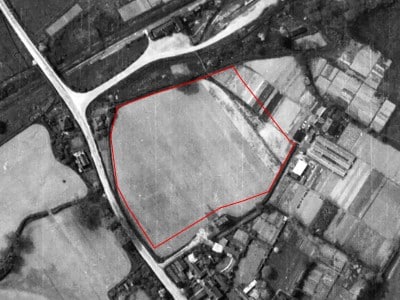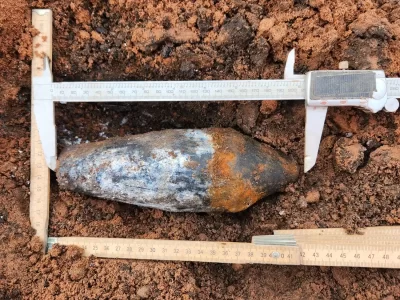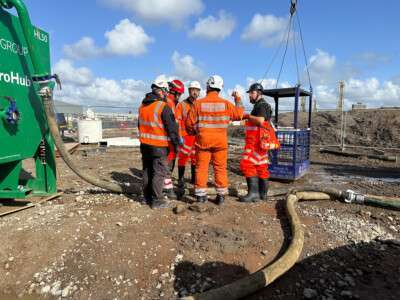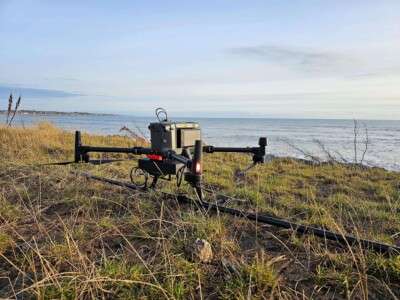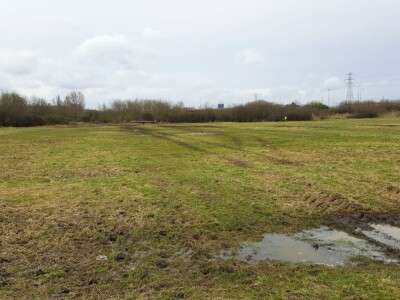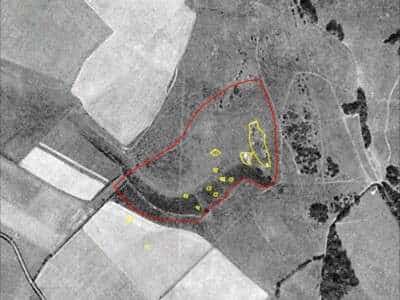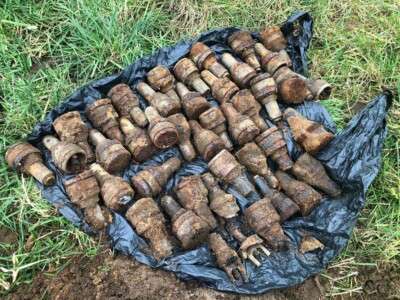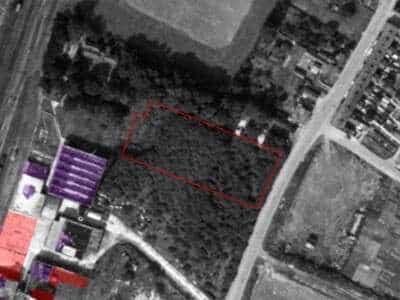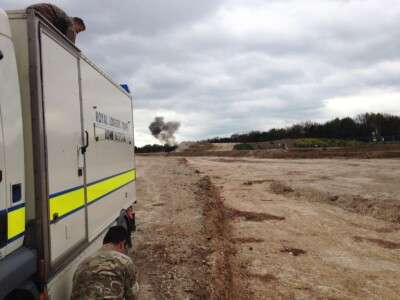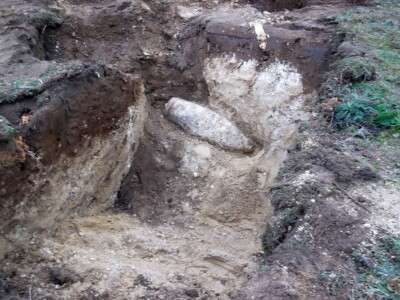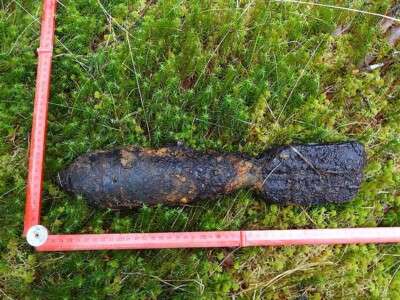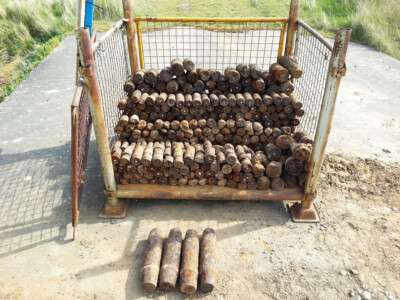Home » Resources » Case Studies »
Case Study Overview
Location
Bury St Edmunds, Suffolk
Industry
Construction
Project Duration
May – August 2016
Services
Non-intrusive UXO Survey
UXO Support
UXO Watching Brief
Target Investigation
10+
Items of UXO discovered
Types of UXO Found
Grenades, Mortars & Projectiles
Challenge
In May 2016, 1st Line Defence were contacted regarding a project near Bury St Edmunds in Suffolk, as there was a concern that previous military use of the site could have led to UXO contamination being present.
The project was for the construction of holiday rental lodges and the client’s brief was to carry out a series of ground investigations across the site to determine whether any UXO risk was present, and if any UXO items were discovered – to manage the land remediation procedure in line with CIRIA C681 guidance.
Process
Stage 1 – Risk Mitigation Strategy
Although a UXO Risk Assessment had not previously been carried out by the client, our in-house Research team quickly identified that the land had been requisitioned by the military during WWII. We found references indicating that training may have taken place within the site boundary – or very close by – and the site was assessed to be at a ‘Medium-Risk’ of UXO contamination being present.
Due to the site being located on undeveloped ‘Greenfield’ land, we advised that a Non-intrusive UXO Survey of the site area should be undertaken prior to starting any ground investigation works – and to investigate any ferrous anomalies to reduce the UXO risk to as low as reasonably practicable (ALARP).
We worked closely with the client and the site supervisor to make sure that any disturbances or risks were fully assessed, so that the survey and target investigation operations could be carried out on time and in budget.
Stage 2 – Non-intrusive UXO Survey
Once the Non-intrusive UXO Survey was completed the data was processed and interpreted by our in-house Geophysical team, and numerous discreet buried ferrous anomalies were identified for further investigation by the Target Investigation team.
In some areas of the site the ground was too contaminated with general background ferrous material / scrap to allow for the data to be effectively interpreted / modelled. Within these areas, we recommended that UXO Watching Brief support was put in place for all planned open excavations.
Stage 3 – UXO Support
During the Target Investigation operation numerous items of UXO and UXO-related scrap were recovered, including ‘live’ and ‘inert’ Grenades, Mortars and Projectiles.
Summary of UXO-related items recovered by the Target Investigation team:
- .50 Cal Casing
- .303 Casing
- 2 Inch Smoke Mortar (Live)
- 4 x 2 Inch Mortar Spigot
- 2 x 3pdr HE Projectile
- No 36 (Mills) Grenade (Live)
- Trip Flare
A total of 11 UXO items were recovered, all of the ‘live’ items were destroyed on-site by local EOD teams and the remaining ‘inert’ items were safely disposed of by 1st Line Defence.
Outcome
Following approximately four-months of ground investigation and remediation works, the risk from UXO had been reduced to ALARP status – and the client completed the project without unearthing any additional UXO discoveries.
Click on the following link to download a PDF copy of the Case Study for Bury St Edmunds, Suffolk.
Latest Case Studies
Do you have a project in Suffolk? Need advice but not sure where to start?
If you need advice about UXO risk mitigation in Suffolk, contact us today and we will guide you through the process.
Contact Us
* indicates required fields
